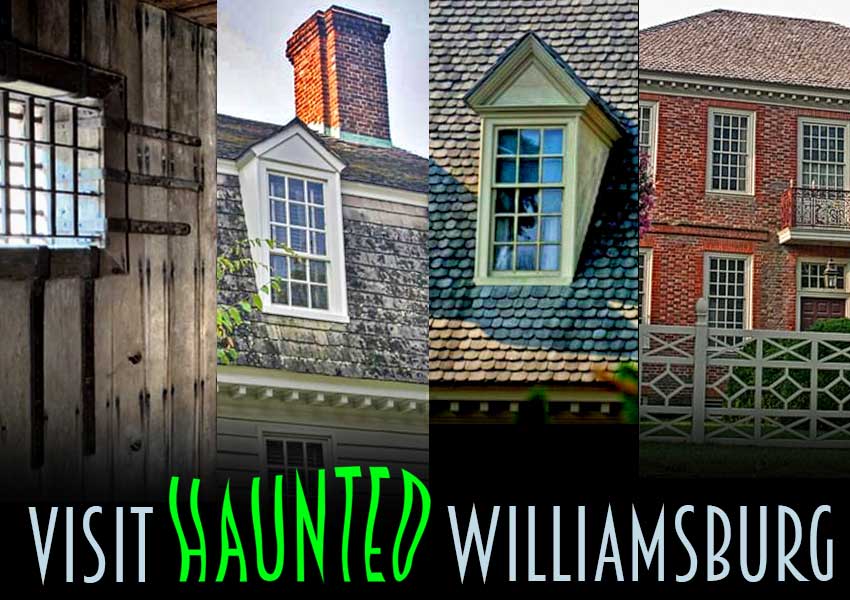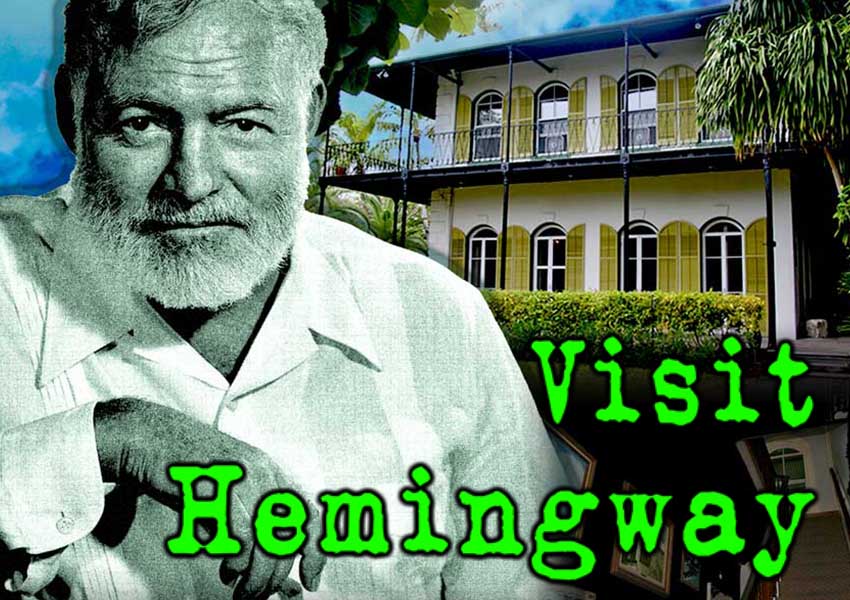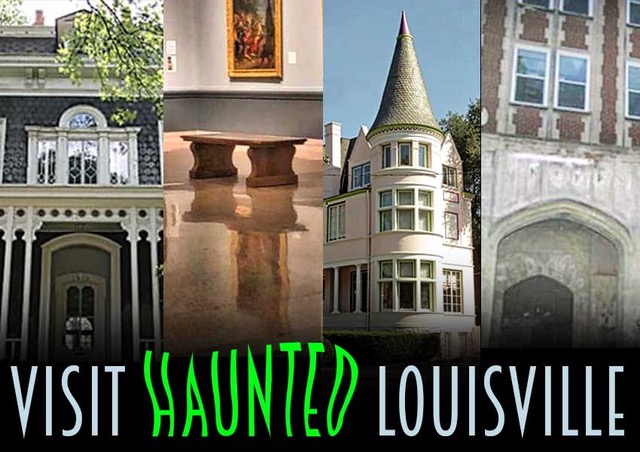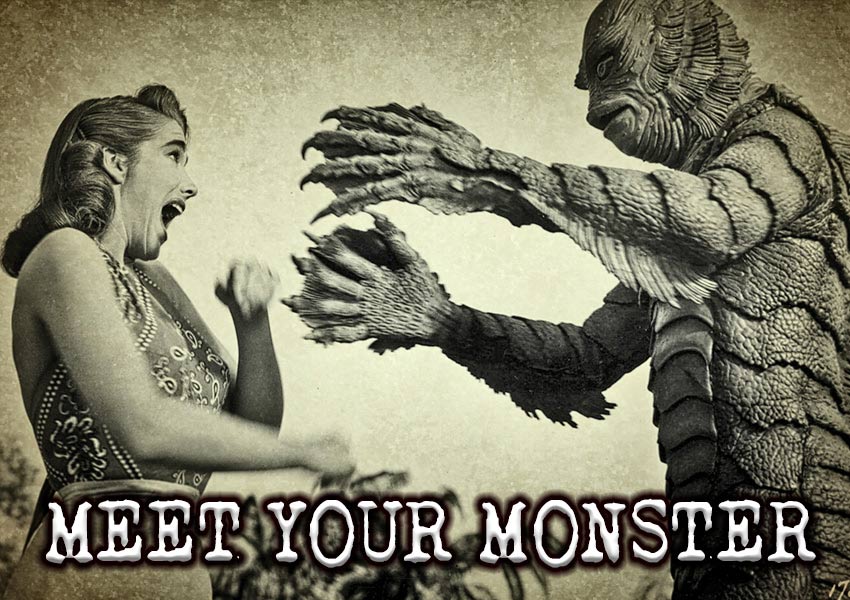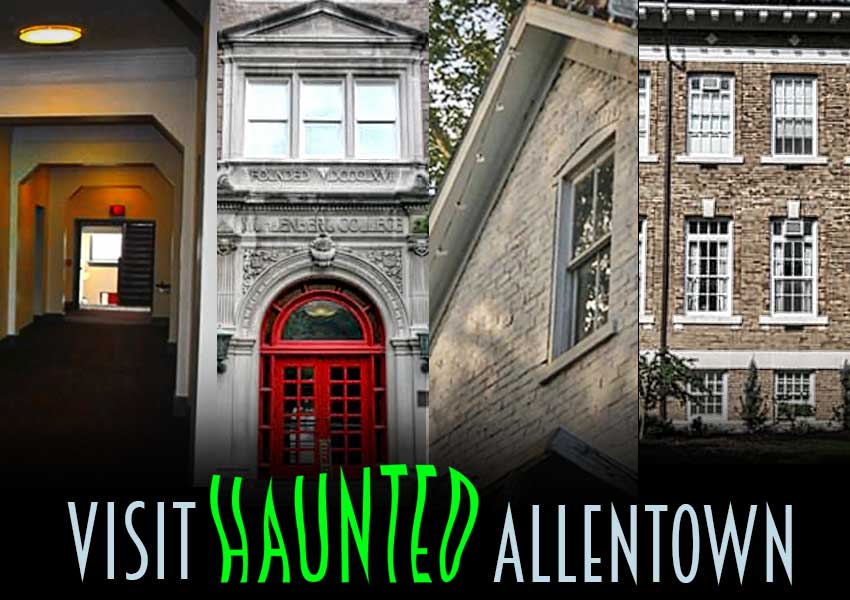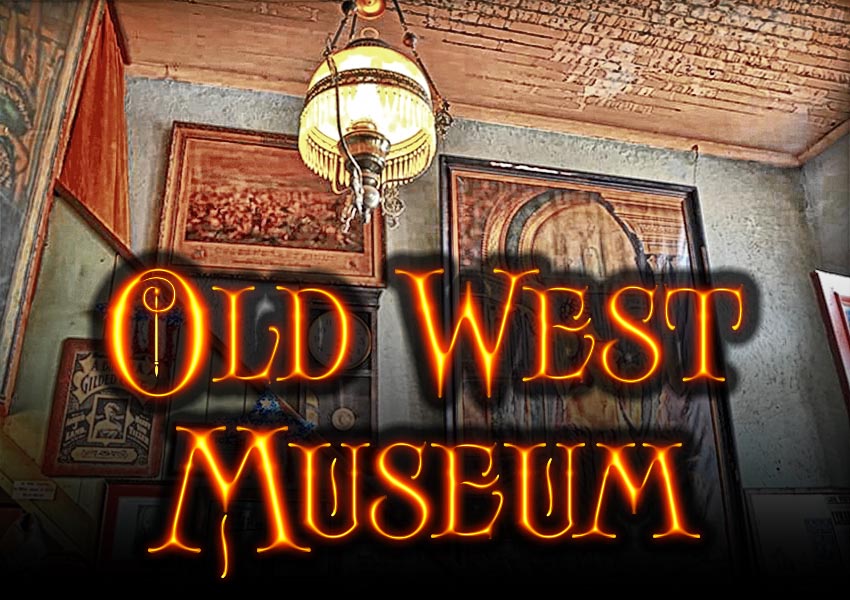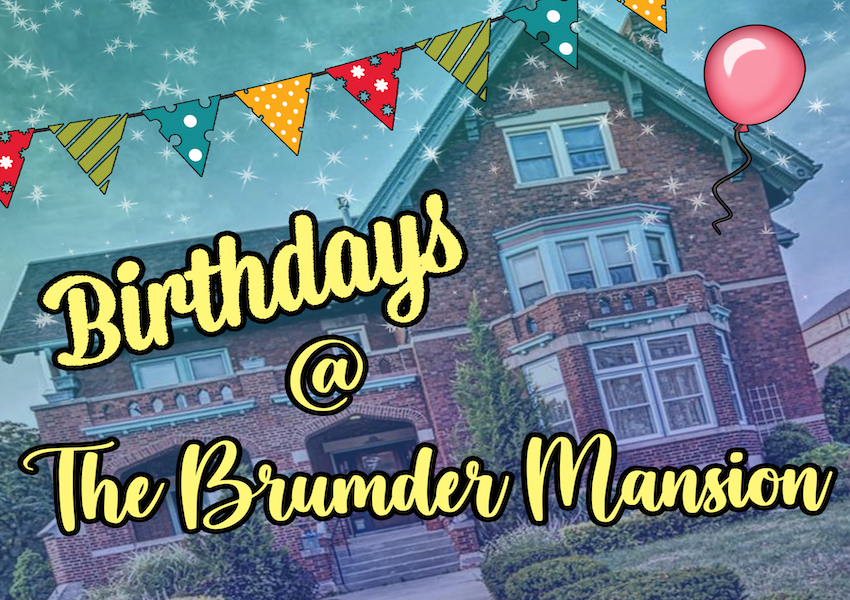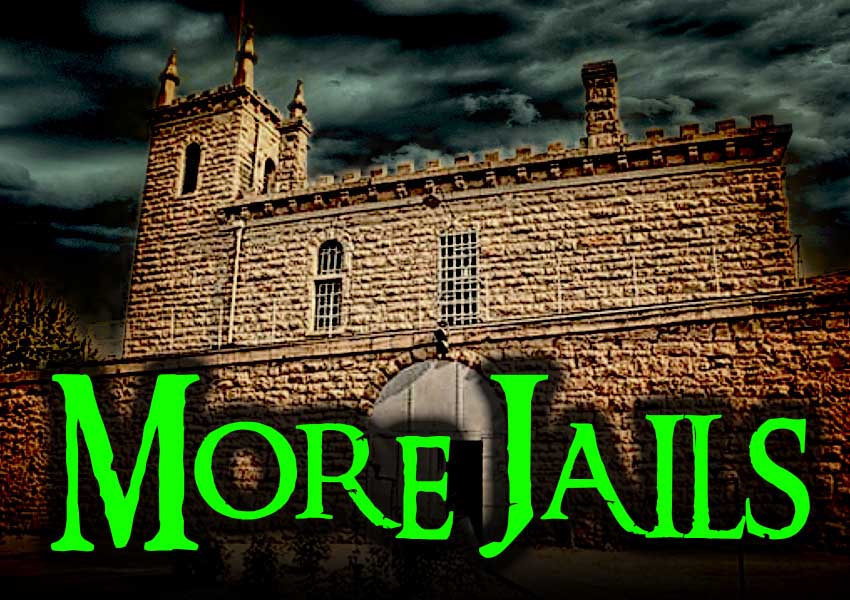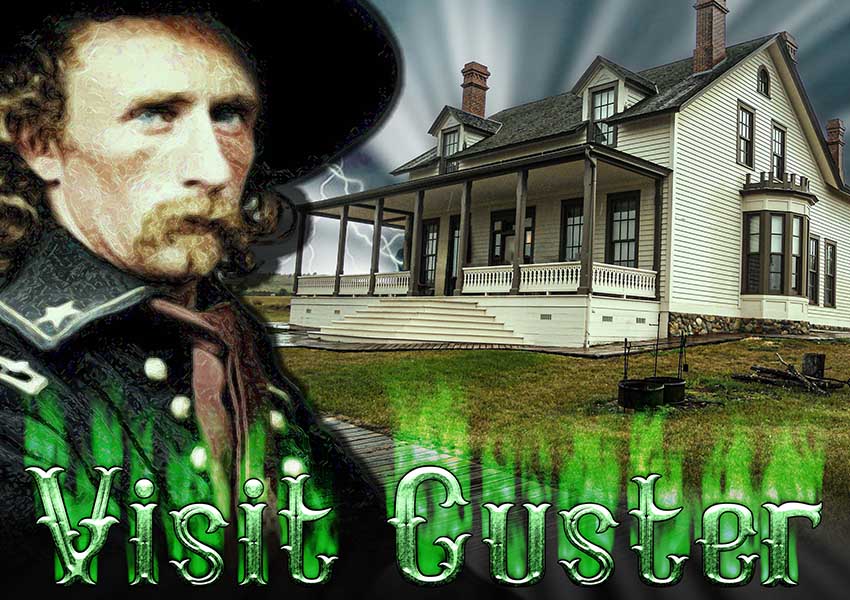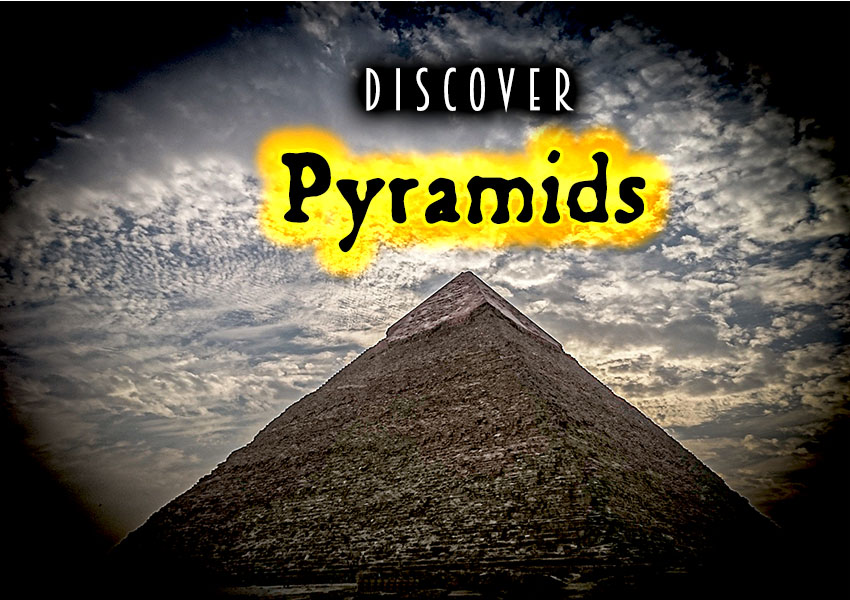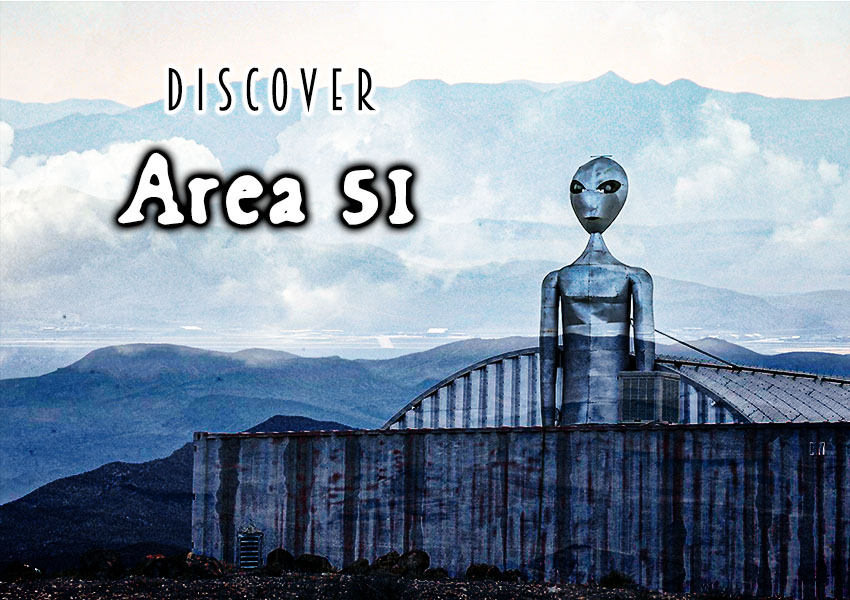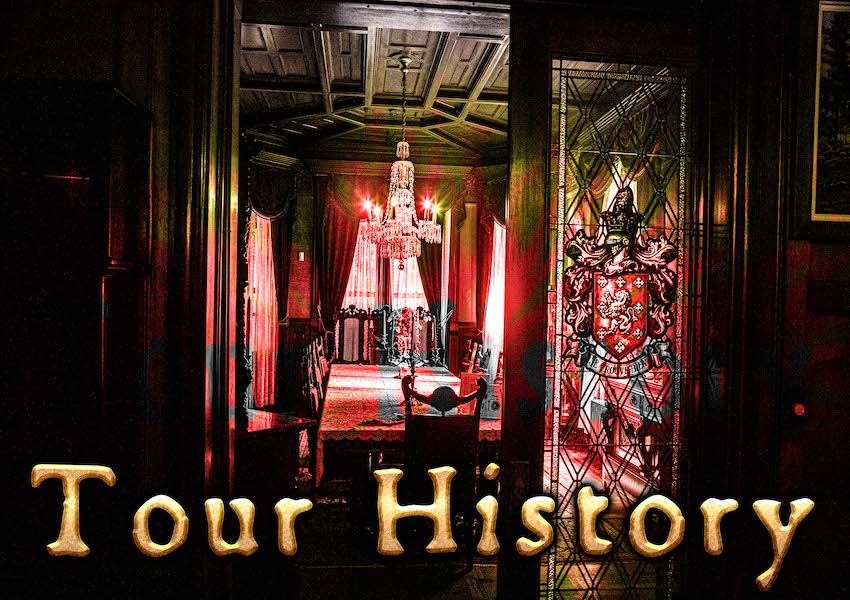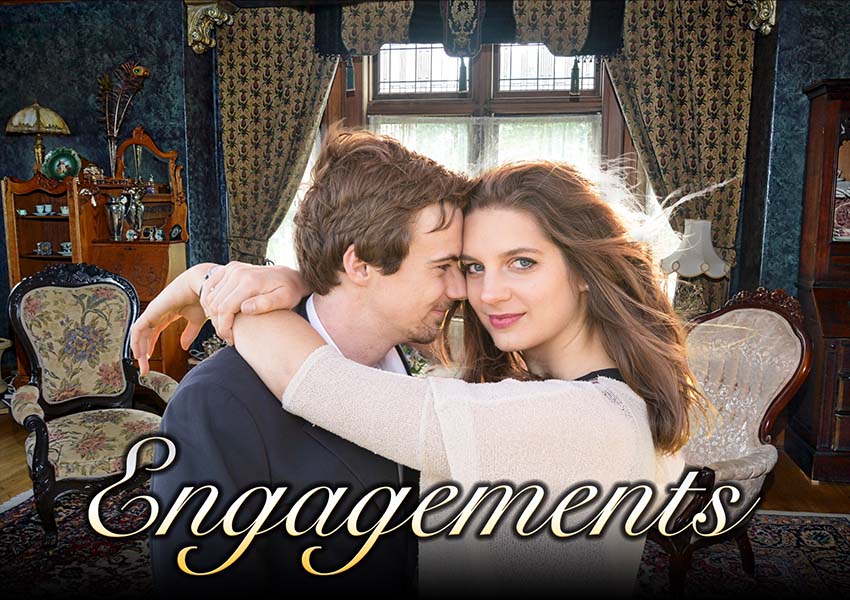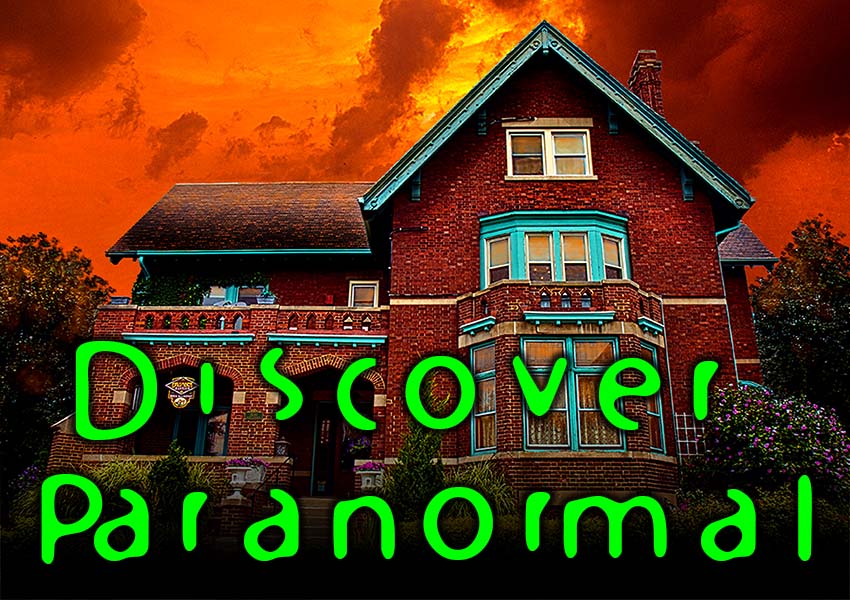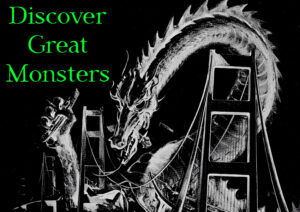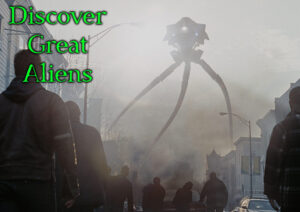Bethlehem Pennsylvania
Moravian College
Wars have created residual energy and active spirits, including;
Dedicated, focused spirits, spectral music lovers,
and a can-do male spirit works on graduating.
DESCRIPTION/HISTORY
Moravian College offers a learning community with its programs of study grounded in the world. “As the sixth-oldest college in the nation, Moravian has also demonstrated a historic commitment to the concept of a liberal arts education. The College believes that the educated person has studied a variety of fields and has pursued one or more areas in depth”.
Moravian College’s undergraduate programs give the students the choice of three baccalaureate degrees—Bachelor of Arts, Bachelor of Science, and Bachelor of Music. There is also a strong Education Department, a fertile training ground for future teachers (Kindergarten-12th grade), offering certification with area major (B.A., B.Mus., or B.S.).
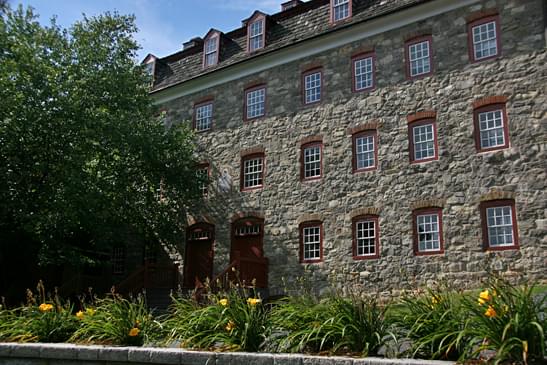
Moravian College is a wonderful mix of old and new buildings; a lovely, old world feel, with all the modern bells and whistles found in modern colleges.
The Priscilla Payne Hurd Campus – The oldest 18th century buildings that were built by the original Moravian settlers are the Gemein House (1742), Sister’s House (1744), and the Bell House (1746). All of these buildings have been updated inside and are used for a variety of purposes. The Single Brethren’s House, now part of the music department, was built in 1748, to be the dwelling place of all the single men in the original Moravian community. West Hall is also probably built in the 18th century, as it shares a wall with The Single Brethren’s House, and is now the home of the college’s music practice rooms, a lounge, a music library, and an organ room. The original Moravian Chapel was built in 1751. A house for women who suffered the loss of their spouse got their own communal home called, The Widow’s House in 1768.
As the school grew, so did the building program in the 19th century. Main Hall, that is a residence hall for women, was built around 1854, and still has its original double parlors, the President’s Reception Room, and the inspiring paintings of one of the college’s early art masters; probably a professor. Another Victorian building, that originally was someone’s home, is Clewell Hall, now used as a men’s residence Hall. The 1867 Chapel makes a glorious space for two concert halls; Peter Hall and Hearst Hall, as well as more practice rooms. The lower floor of this structure is the dining hall for Clewell Hall. South Hall is also an 19th century building, that once was a dorm, but now is the home of the Art Department; the offices, studios, and photography laboratories.
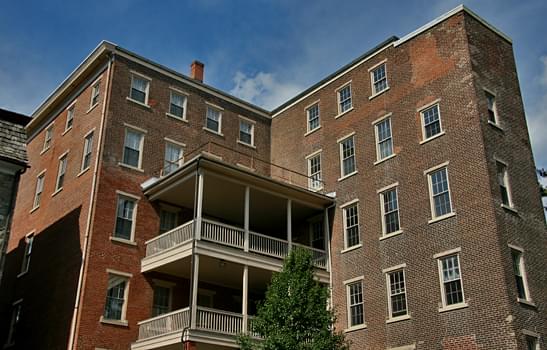
Two modern structures found at The Priscilla Payne Hurd Campus is the 450 seat concert facility, Foy Concert Hall, and a large modern, six-story residence hall, with a variety of living options for students.
The Main Street Campus is bigger, and has buildings from West Frankford St. to Greenwich Street, just off of Main Street. All the fraternities, residence halls, Sororities, library, administration facilities, The Athletics and Recreation Center, etc. The majority of the college is located here. The most massive and oldest building on this campus is Comenius Hall, built in 1891 to be the entire home for The Moravian College and Theological Seminary. Classes and faculty offices now reside in the grand, impressive structure.
The lovely Borhek Chapel, built in 1893, was connected in recent decades to the north end of Comenius Hall; a place of services and weddings.
The history of the founders of this college begins in the old country of the immigrant settlers of Bethlehem. The educational philosophy promoted by these immigrant Moravians came from one of their Bishops in the old country;Germany and Moravia, pioneer educator John Amos Comenius (1592-1670), who connected the promotion of spiritual growth and salvation to the need to educate everyone in his writings of 1632;”not the children of the rich or of the powerful only, but of all alike, boys and girls, both noble and ignoble, rich and poor, in all cities and towns, villages and hamlets, should be sent to school.” The Moravians therefore considered education of the young a top priority, secondary in importance only to spiritual and faith development nurtured in their churches.
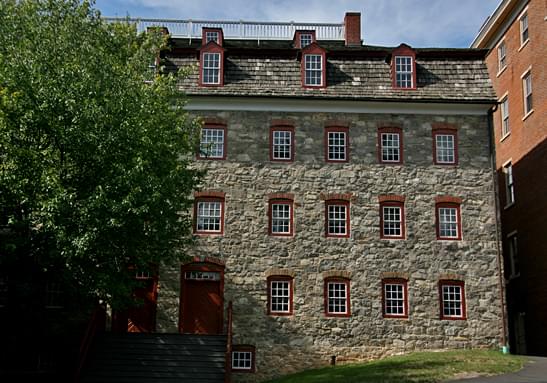
When immigrants from Germany and Moravia, yearning to live free without fear of persecution, came to Pennsylvania 1732, some settling in the Bethlehem area, its not surprising then that they would eventually build schools for children, youth and college-age students. Soon after they founded the city of Bethlehem, on Christmas Eve, 1741, carving out their community, far from civilization, they built their first three schools. Two separate schools for boys were started for the area; one in Bethlehem in July 1742, and another school in nearby Nazareth in 1743.
Count Nicholas and his daughter, sixteen-year-old Countess Benigna von Zinzendorf, who were there for this historic occasion of the founding of the city of Bethlehem, got the ball rolling for a girl’s school, during this visit to this newly founded Moravian settlement in the new world. The first girls’ boarding school, Benigna von Zinzendorf’s school was started by the visiting Countess Benigna von Zinzendorf, as a act of her Moravian faith, following a long family tradition. It grew in excellence, providing an excellent education for young women from all classes. It had such a great reputation that second term president, George Washington, personally petitioned the head master to admit his two great-nieces.
It is an interesting story on how the schools for boys and the school for girls both grew into colleges, at the same time, and then ultimately merged into one co-ed institution, the college it is today: Moravian College in Bethlehem.
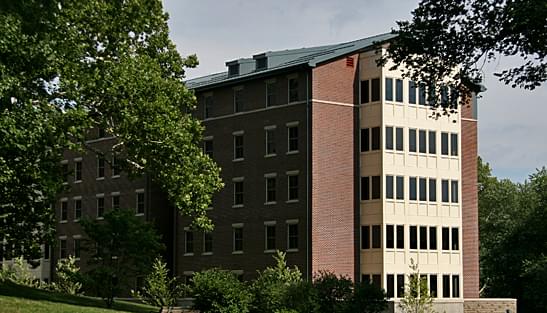
Around 1758, the two schools for boys merged together, creating one boy’s school, called Nazareth Hall, located in Nazareth, creating a stronger institution. Nazareth Hall was the founding school that inspired a higher education program in Nazareth, called Moravian College and Theological Seminary in 1807. Two years before the Civil War broke out, Moravian College and Theological Seminary moved to Bethlehem. In 1863, this institution was chartered to offer its students baccalaureate degree programs.
During the 1800s, Benigna von Zinzendorf’s school evolved into The Bethlehem Female Seminary, earning the right to offer programs to earn baccalaureate degrees also in 1863. By 1913, The Bethlehem Female Seminary was called The Moravian Seminary and College for Women.
Finally in 1954, The Moravian College and Theological Seminary combined with The Moravian Seminary and College for Women, forming Lehigh Valley’s first coeducational college. Moravian Theological Seminary became a graduate school of theology, that “maintained a closely related but academically distinct identity.” The undergraduate programs give the students the choice of three baccalaureate degrees—Bachelor of Arts, Bachelor of Science, and Bachelor of Music.

HISTORY OF MANIFESTATIONS
People who were suddenly killed or die from natural causes before they could finish an important goal in this world, decide to stay and keep trying to accomplish it, despite being in a spirit state.
A young male entity who was killed in WW1 still is going to school.
Buildings that were used as hospitals during the various wars that took place in the United States, sometimes become inhabited by the folks who either died there, or worked there, trying to take care of the sick and wounded.
The Single Brethren’s House was used as a hospital during the Revolutionary War.
Many victims of abusive relationships wind up paying the ultimate price when their lives were taken suddenly, at the hands of another, out of rage and jealousy.
A young sorority sister was killed by her enraged, jealous boyfriend who pushed her down the stairs.
Sometimes entities have to come back into this world to check on their beloved possessions, art work, business or home.
Main Hall has some items/memories that maybe attracting some entities.
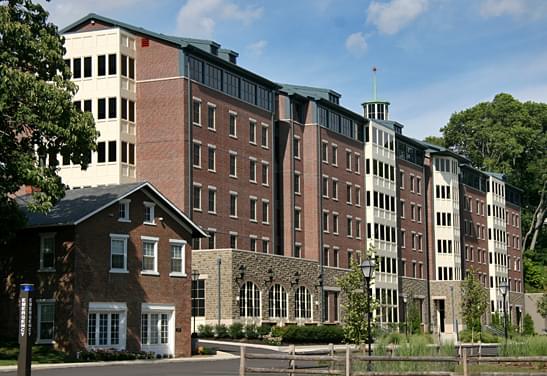
MANIFESTATIONS
The Single Brethren’s House
(Now home to Moravian College’s Music Department).
Cold spots/passing cold winds moving by are felt by the living.
Doors open and close by themselves.
Sometimes students get the feeling of unseen presences, watching them go about their business.
The Single Brethren’s House
Entities of Revolutionary Era soldiers –
Sometimes seen by the living.
Roam around the rooms of the music department, perhaps enjoying what they hear; performances or practicing of the music students. It must be a bit of heaven to hear the talent of students/faculty member being displayed.
The Entity of a Revolutionary Era nurse –
Described by a witness as being a woman in Revolutionary Era attire; a long, full dress and bonnet.
She apparently is still making her rounds, perhaps checking up on the students practicing in the practice rooms, keeping a motherly eye on the young people.
The Priscilla Payne Hurd Campus grounds
Entities of Revolutionary soldiers –
Apparently serving as Moravian College’s Voluntary Security Detail
Apparitions are seen in full uniform, still on duty, patrolling the grounds, guarding the community from enemy forces.
Main Hall
Male and Female entities –
an older couple, benign and friendly.
An old couch in this women’s dorm attracts an elderly couple who like to sit on it and watch the living go about their business.
Perhaps they like to come and check up on the art work displayed here as well.
Perhaps they are reliving special moment in their lives together, attending a function in the President’s Reception Room
They may have another connection to this building; perhaps their daughter once lived here. ( Currier Hall )
Comenius Hall
A young male entity,
who interrupted his education at Comenius Hall because he went into the armed forces to fight in WW1, still is trying to earn credits to graduate from The Moravian College and Theological Seminary, not letting the fact that he is in spirit form stop him becoming a perpetual student. Have to admire his dedication to accomplish his goal.
His apparition is seen throughout the building, as he attends the classes he sees in his mind’s eye, trying to earn his degree.
Phi Mu Epsilon Sorority House building on Main St. Was a music sorority for women,
but it is no longer listed as an active sorority at Moravian College.
Young female Entity, Alicia –
killed by her boyfriend.
Her apparition has been seen in the attic rooms of the sorority house building.
STILL HAUNTED?
Possibly so. Residual energy hauntings may still be occurring, or intelligent spirits may indeed still call Moravian College their home, or perhaps a place to visit and enjoy the beautiful grounds, the lovely music, enjoy the educational opportunities, as an on-looker of the busy activity that takes place all around the college.
All that has been published are personal experiences of students and staff, that have been reported for years.
No paranormal investigation results have been published, if the college at one point, had their college investigated; but there is not evidence that this has happened. Being a Catholic-based school, they would probably have had the buildings blessed by a priest, if it was a big problem.
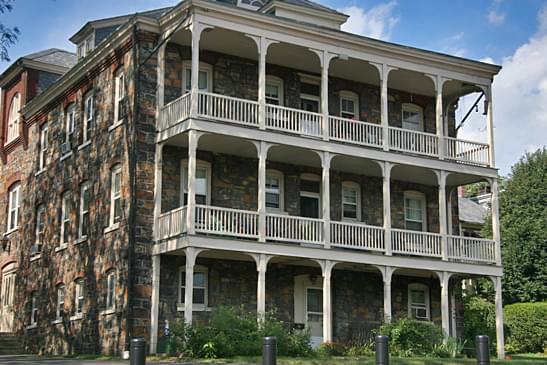
LOCATION
1200 Main Street
Bethlehem, Pennsylvania 18018
(800) 441-3191
Moravian College has two beautiful, well-maintained campuses. The oldest campus is The Priscilla Payne Hurd Campus on Church Street, located in the center of Bethlehem’s Historic District that has buildings dating back to the 18th century. It’s buildings sit on and between Main Street, Church Street, New Street, and East Lehigh Street.
Located in a residential area, The much larger Main Street Campus is within eight blocks of Priscilla Payne Hurd Campus. Students and faculty can take a shuttle between the two campuses.
SOURCES INCLUDE
- HAUNTED PLACES: The National Directory
by William Dennis Hauck
Penguin Books – 2002 - moravian.edu About > Campus Maps
- delcoghosts.com
Our Haunted Paranormal Stories are Written by Julie Carr
Our Photos are copyrighted by Tom Carr
Visit the memorable… Milwaukee Haunted Hotel
Your Road Trip to Milwaukee’s Hot Spots

